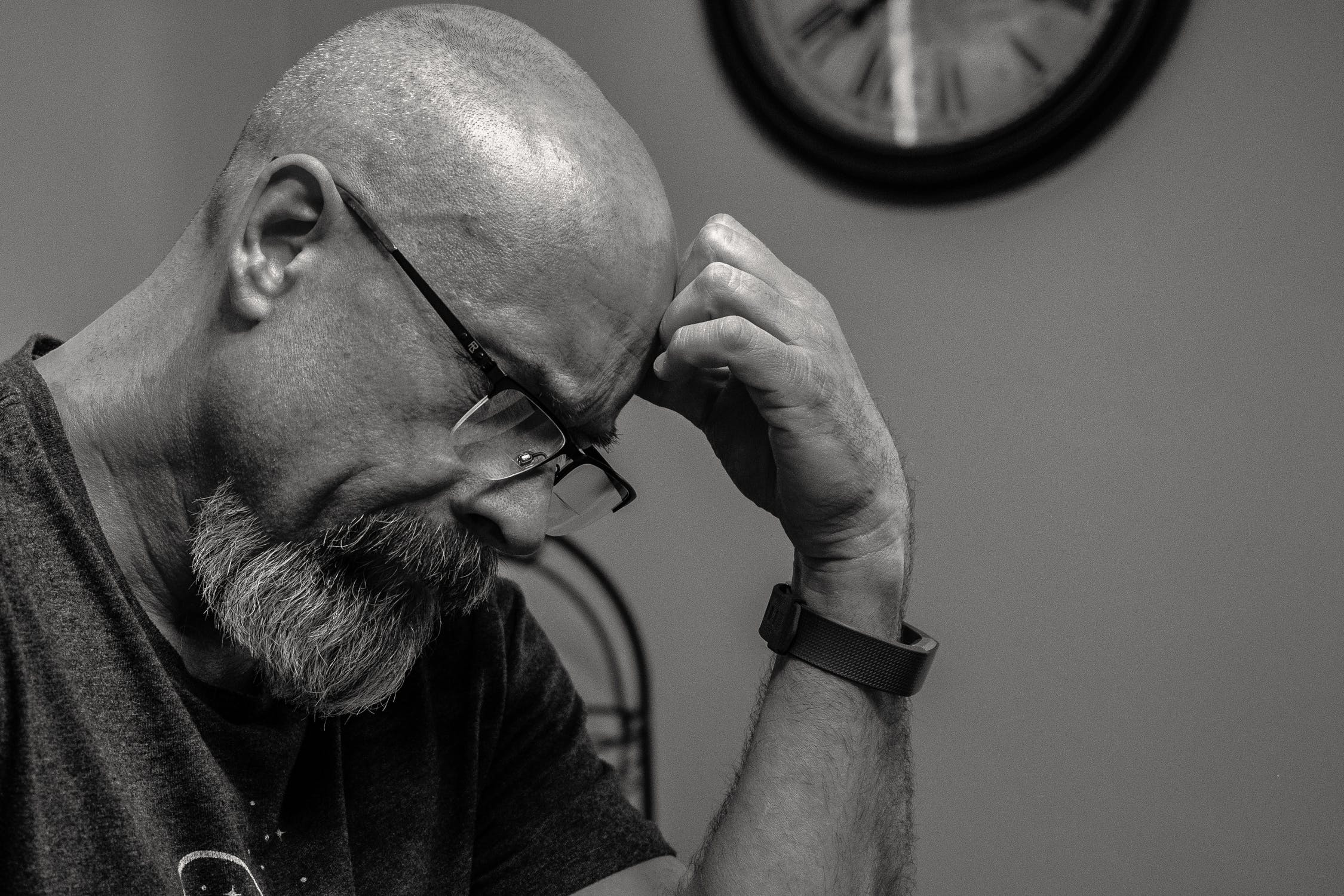Let’s face it – male pattern baldness isn’t something that anyone gets particularly thrilled over.
It’s a constant concern for most men, especially as they reach their late 20s and early 30s. It probably never stops remaining a concern even with men with full heads of hair. If you’re someone that’s noticed an uptick in hair loss and hair miniaturization, a hair transplant procedure may prove to be the solution for you. In the following, we’ll tackle the basics of androgenetic alopecia and hair transplant procedures. Also, we’ll briefly discuss the different hair transplant options available to you.
Potential candidates for these procedures need to consult their physician before making a decision. Not all people suffering from male pattern baldness will have a positive reaction to transplant surgery. It can depend on a number of factors including the amount of hair you have left, whether or not the hair left is falling out already, and the type of hair loss you’re experiencing. Because procedures utilize follicular units from the back and sides of your heart, you must have a sufficient amount available.
Male-Pattern Baldness
Male pattern hair loss is officially known as androgenetic alopecia. This condition occurs within all males as they increase in age. Through studies, we’ve learned that it affects close 80% of men over the age of 70. 1/3rd of men are said to experience some form of its effects before they hit 30.
The hair on their heads progressively thin over time, which leads to permanent baldness. In most men, the hair loss associated with androgenetic alopecia starts at their temples and then incrementally recedes. At the same time, or after, hair at the back of your head will begin to thin and fall with increased regularity.
This loss of hair is caused when a type of testosterone known as Dihydrotestosterone (DHT) affects your hair follicles. The end result is a miniaturization effect, which means that your hair begins to shrink and grow shorter. As your thicker hair gets replaced by more and thinner hairs, balding begins to occur. The genes responsible for this hair loss can be received from each parent.
Transplant Techniques
Hair Transplant Techniques
There are two popular forms of hair transplantation for men. There is follicular unit grafting, known as FUG, and follicular unit extraction (FUE). FUE is the preferred technique in creating an aesthetically pleasing hairline and transplantation procedure.
Procedures for male hair can be done at most ages. Men in their 20s up to their 70s can receive the E-FUE procedure. The follicular extraction technique avoids any incision scarring.
FUE
The FUE technique extracts each specific hair follicle instead of how in the FUG technique a strip of hair follicles is cut out. This is definitely the most popular technique.
E-FUE
There is also an E-FUE procedure that was designed specifically by the Foundation which minimizes scarring and makes the hair appear natural. The WAW system, developed in Belgium, can often be used in tandem with the E-FUE.
BHT
Sometimes, in patients where there isn’t enough donor hair on the backs or sides of the head body hair can be used. There can even be transplants to regions affected by surgery, injuries, or burns. Missing eyebrows, beards, and chest hair can all feel the benefits of hair transplantation.
Hybrid Approach
The hybrid approach was created by Dr. Jeffrey Epstein. This transplant procedure aims at reducing prior scarring in patients that have already received a FUG transplant. A small donor site incision is made and the FUE technique is applied to gather up to 2,000 grafts, or more. Dr. Epstein even offers a no-shave FUE. In this procedure, there’s no shaving that needs to be done. This is not commonly offered but Dr. Epstein understands that some patients need to be presentable right away and have no time for recovery.
Procedure and Recovery
The procedure does take a while. It can range from three to eight hours as the implantation technique is extremely time-consuming. The surgeon does their best to determine the pattern, distribution, and angle of implantation to achieve the most natural look possible.
Recovery time depends on the procedure. The no shave E-FUE procedure can leave you looking presentable that very same day. Most patients can return to their normal life within 1-2 days and exercise within a week. Sometimes patients will feel some inflammation on their forehead. The hair follicles will fall out after three to four weeks and then begin to after a period of several months, usually within 4-6 months. Hair coverage will improve and your hair will begin to look thicker than ever!
Dr. Jeffrey Epstein
Dr. Epstein is a world leader in the field of hair transplantation. He’s also an expert in hair restoration and has developed techniques that are used by other leading surgeons in the world. Dr. Epstein is well-respected and receives patients from all the over the world at his clinics in Miami and New York. Find out more about Dr. Jeffrey Epstein and his personally developed procedures on his site!




